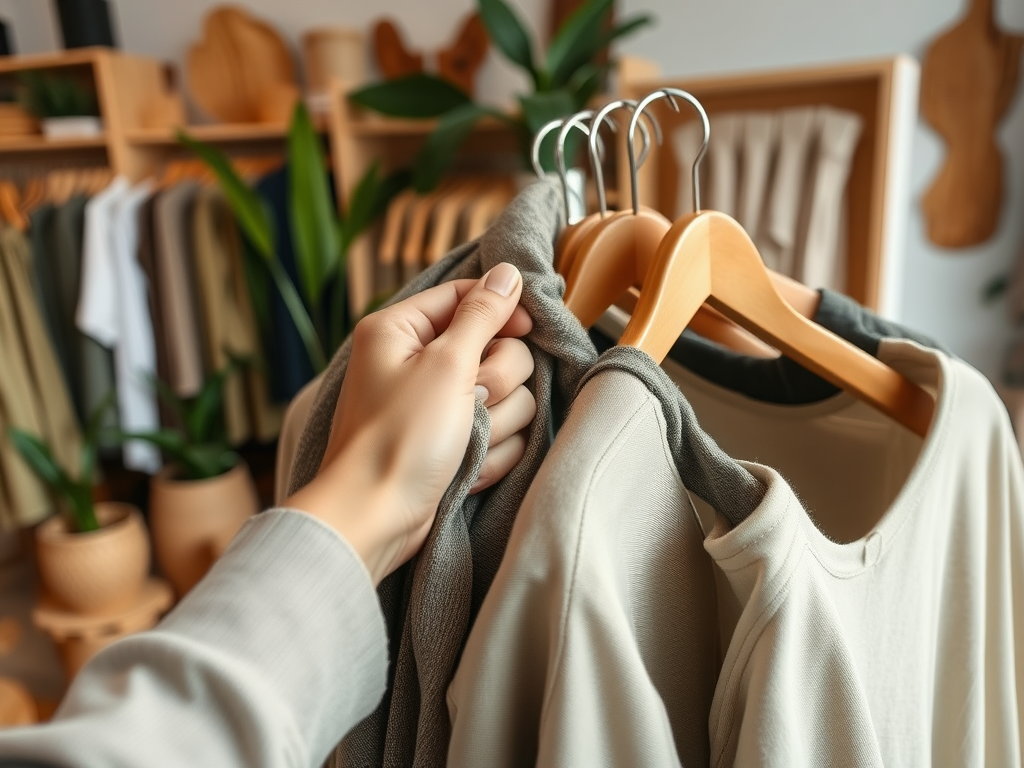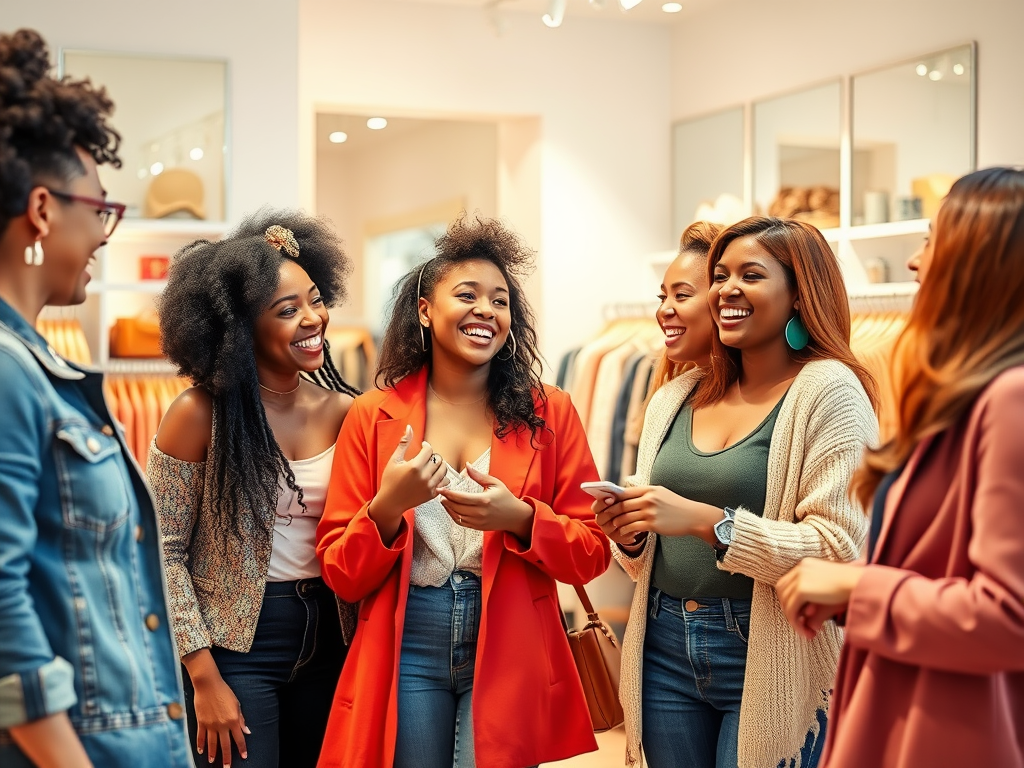Have you ever felt a surge of confidence simply by slipping into your favorite outfit? The appeal of clothing extends far beyond mere functionality or aesthetic value; it is deeply intertwined with our mental health and emotional resilience. Each fabric, color, and style serves not just as a layer over our physical selves but also as a shield for our mental well-being. Understanding how fashion affects our psyche can pave the way for transformative experiences, ultimately improving our outlook on life. In this article, we will explore the various ways clothing influences our mental health and well-being, empowering you to make informed choices about your wardrobe.
Clothing is more than just a way to cover our bodies. It is a canvas for self-expression and a reflection of our innermost thoughts and feelings. From the meticulous selection of fabric to the colors chosen, every detail plays a critical role in shaping how we perceive ourselves and how we are perceived by others. This connection between our attire and our psyche is what psychologists term “enclothed cognition.” Research shows that when we dress in a way that reflects our values or aspirations, we can experience a notable boost in self-confidence and overall mood.
The Psychology of Clothing

It’s fascinating to see how the choices we make in our attire can have extensive psychological ramifications. Our clothing choices often showcase not just our personal style but also our personality traits. Whether you prefer bold patterns or subtle hues, each selection sends a message to the world around you. Anecdotal evidence suggests that individuals often gravitate toward styles that resonate with their inner selves, allowing them to portray authenticity in their lives.
Your clothing tells a story, one that is interwoven with your character and beliefs. Choosing vibrant colors might indicate a more extroverted personality, while opting for muted tones may resonate with introversion. In this way, fashion serves not only as a means of adornment but also as a vital form of personal expression. As you choose your wardrobe, consider how your selections communicate your personality to others, creating a visual narrative that is uniquely yours.
Clothing and Confidence

Feeling good in what you wear can elevate your confidence to astonishing levels. Clothes that fit well and reflect your personality can enhance your self-esteem, providing a psychological boost that can be transformative. For example, many people report feeling more prepared for significant endeavors such as job interviews when dressed impeccably. The simple act of dressing well helps to alleviate anxiety and instills a sense of assurance.
| Situation | Clothing Impact |
|---|---|
| Job Interview | Increases confidence; creates a positive first impression. |
| Social Event | Helps in self-assurance and promotes engagement with others. |
| Everyday Outings | Fosters comfort; encourages positive interactions. |
Your clothing choices significantly affect how you are perceived in various social situations. Getting dressed for a gathering is not merely about aesthetics but also about the psychological effect it has on you and those around you. A well-thought-out outfit can influence first impressions, creating a ripple effect that impacts your interactions. Imagine the subtle boost in mood when you step into a room wearing an outfit that makes you feel great—it’s not just about how you look, but how you feel about yourself.
Fashion as a Form of Art
Fashion is an art form, a medium through which creativity and self-expression manifest. Engaging with fashion—be it through designing, customizing, or even just curating an outfit—can have therapeutic benefits that greatly enhance mental well-being. Creative activities have been shown to elevate mood and reduce stress levels, serving as emotional outlets. By exploring fashion as a form of art, you can unlock new facets of your personality while promoting a positive mental space.
Many people turn to shopping as a means of emotional relief. The thrill of discovering something new can create a sense of euphoria that can alleviate temporary feelings of sadness or stress. However, it’s crucial to recognize that retail therapy should be approached mindfully. Here are some pros and cons associated with shopping as a remedy for emotional distress:
- Pros:
- Enhances mood through excitement and novelty.
- Provides a sense of control over one’s environment.
- Encourages self-care and attention to personal needs.
- Cons:
- Can lead to overspending and financial strain.
- Temporary relief may lead to long-term dissatisfaction.
- Shopping may become a default mechanism without considering other coping strategies.
Building a Wardrobe that Enhances Well-Being
Creating a wardrobe focused on enhancing well-being involves thoughtful curation. It’s essential to select pieces that not only make you feel good but also align with your values and lifestyle. Here are some key tips for building a wardrobe that promotes mental wellness:
- Focus on comfort as a priority, opting for breathable fabrics and cuts that facilitate ease of movement.
- Choose pieces that resonate with your identity—this could mean incorporating colors that uplift your mood or styles that feel true to you.
- Invest in quality over quantity, as a well-selected item can elevate your overall wardrobe while reducing clutter and anxiety.
Interestingly, there is a growing connection between sustainable fashion and mental health. Choosing to support ethical brands can positively influence your mood, as it aligns your purchasing decisions with your values. The act of engaging in sustainable fashion not only uplifts one’s sense of responsibility but also fosters a feeling of community and shared purpose. Embracing ethical choices leads to psychological benefits by nurturing a positive self-image and contributing to a healthier planet.
Conclusion
Fashion is a powerful instrument that influences our mental well-being in profound ways. From enhancing self-confidence and promoting creativity to offering avenues for self-expression, our clothing choices carry vast psychological implications. As we curate our wardrobes, let’s be mindful of the connection between what we wear and how we feel. By embracing fashion as a means to uplift our mood and enhance our lives, we can embark on a more fulfilled and expressive journey in our everyday experiences.
Frequently Asked Questions
- How does clothing affect our mood? Clothing can significantly impact our mood by influencing our self-image and confidence levels.
- Can wearing certain colors improve my mental health? Yes, specific colors can evoke different emotions; for instance, bright colors might uplift mood, while darker tones may lead to feelings of sadness.
- Is shopping always considered retail therapy? Not necessarily. While shopping can provide temporary relief, it’s important to be mindful of budgeting and emotional spending.
- How can I choose clothes that boost my confidence? Focus on styles that make you feel comfortable and reflect your personality; prioritize fit and how the garment makes you feel.
- Does sustainable fashion really matter for mental well-being? Supporting sustainable fashion can provide a sense of purpose and contribute to overall happiness, as it aligns personal values with actions.





